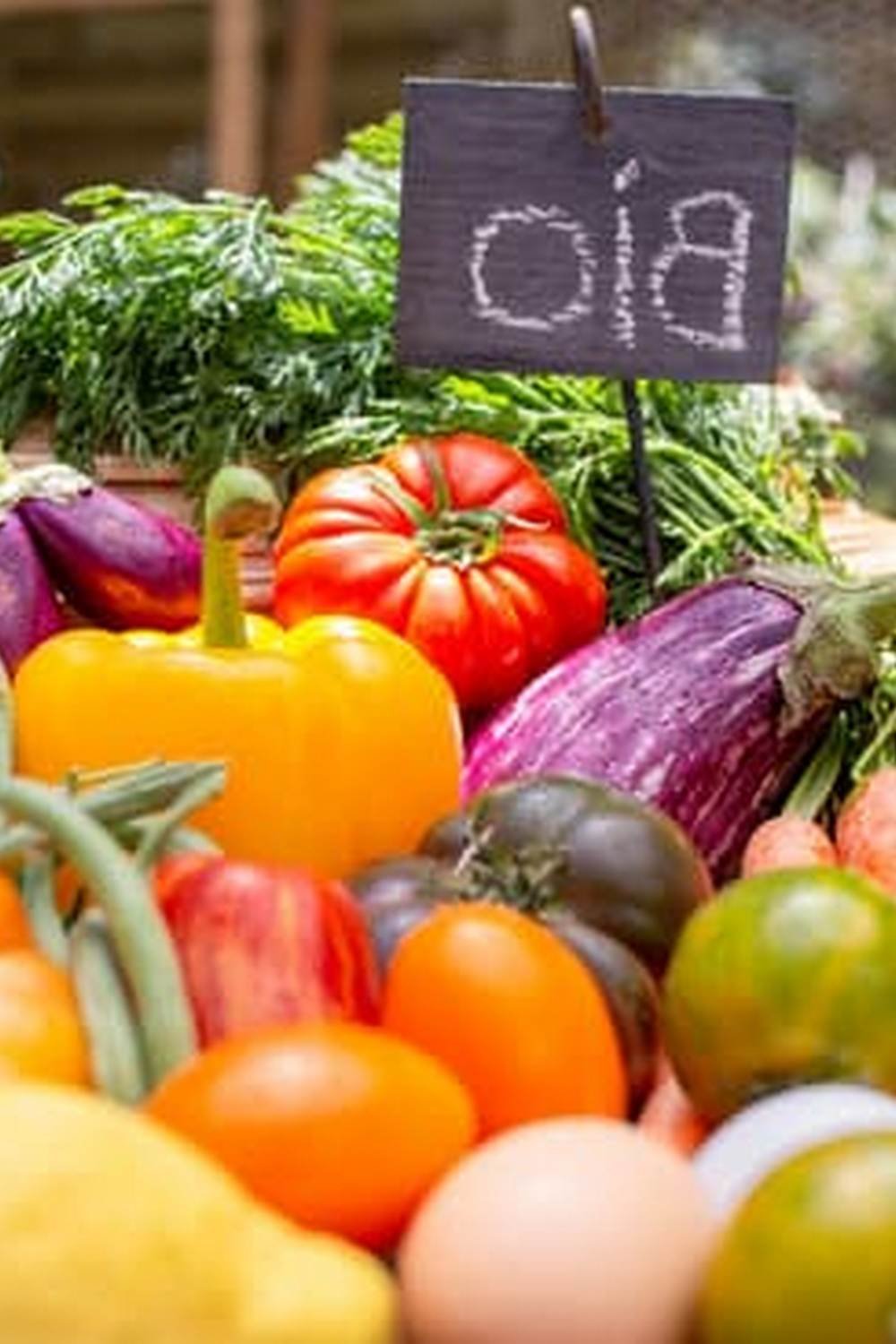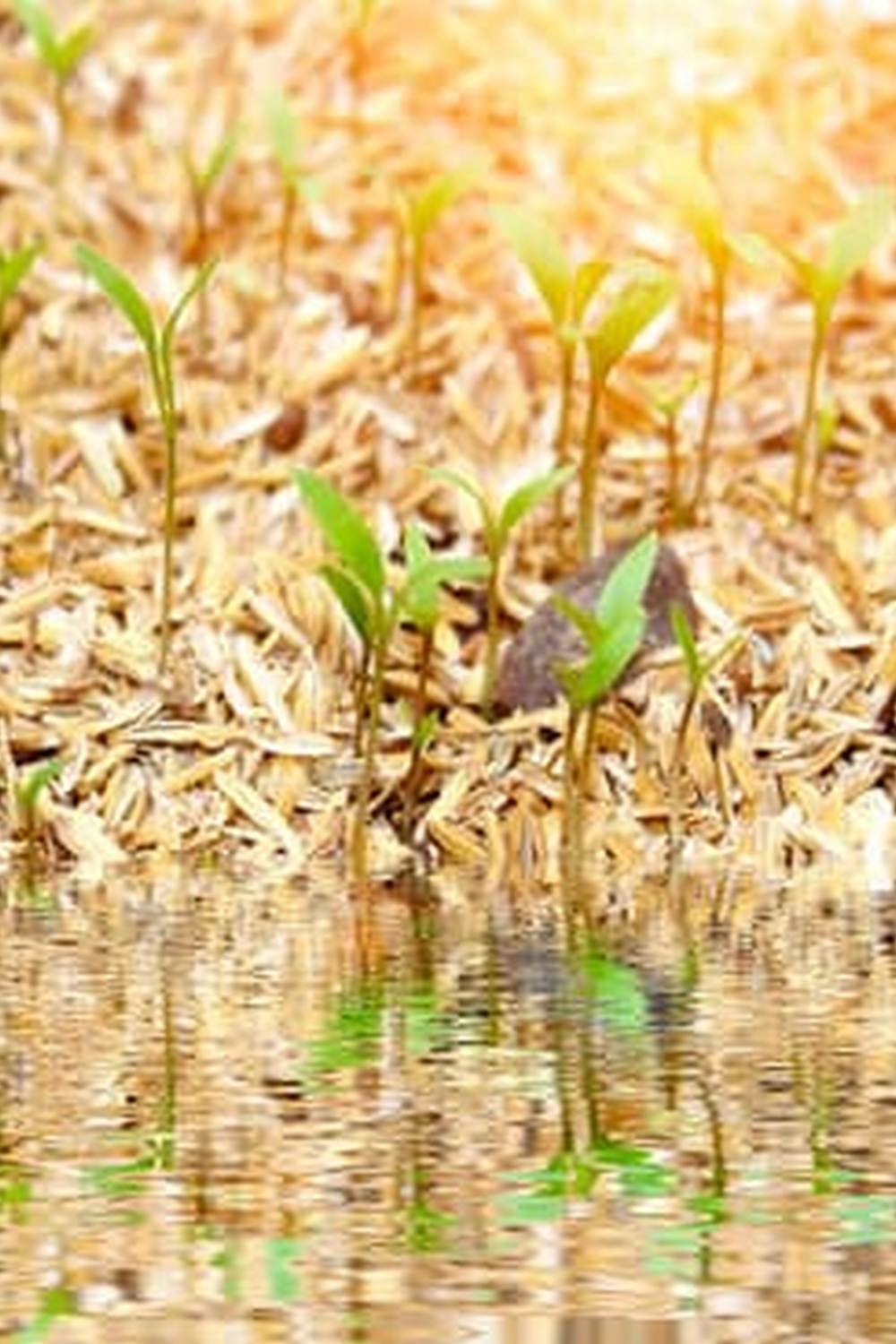Best Flowers To Plant In Your Vegetable Garden
When it comes to gardening, flowers and vegetables can happily coexist. In fact, many gardeners plant flowers among their vegetables to add color and attractiveness to their garden. While any flowers can be planted among vegetables, some flowers do better than others. Here are some of the best flowers to plant in your vegetable garden.
Marigolds are a great flower to plant in your vegetable garden. They add color and can help to repel pests. They grow well in both full sun and partial shade, making them a versatile flower for your garden.
Another great flower to plant in your vegetable garden is the sunflower. Sunflowers add height to your garden and are a great way to attract pollinators. They grow best in full sun and are easy to grow from seed.
A third great flower to plant in your vegetable garden is the zinnia. Zinnias add bright colors to your garden and are also a great way to attract pollinators. They grow best in full sun and are easy to grow from seed.
If you’re looking for a flower that blooms late into the season, try planting asters in your vegetable garden. Asters add color and interest to your garden long after other flowers have gone to seed. They grow best in full sun or partial shade.
Finally, if you’re looking for a flower that will attract butterflies and hummingbirds to your garden, try planting bee balm. Bee balm blooms in shades of red, pink, and purple and is a favorite of both butterflies and hummingbirds. It grows best in full sun or partial shade.
Best Vegetable Garden Plants
There are many factors to consider when planting a vegetable garden. What vegetables to plant, where to plant them, and when to plant them are just a few of the questions you need to answer. But one of the most important decisions you’ll make is what plants to choose.
Not all vegetables are created equal. Some plants are better suited for specific climates or regions. Others are better at producing vegetables that are tasty and nutritious. And still others are simply more resistant to pests and diseases.
So, which are the best vegetable garden plants Here are a few of our favorites:
Tomatoes: Tomatoes are one of the most popular vegetables in the garden. They are a good choice for warmer climates and are easy to grow. Tomatoes are a good source of vitamins A and C.
Peppers: Peppers are also a good choice for warmer climates. They are a good source of vitamins A and C, as well as beta-carotene.
Zucchini: Zucchini is a good choice for cooler climates. It is a good source of vitamins A and C, as well as folate.
Spinach: Spinach is a good choice for all climates. It is a good source of vitamins A, C, and K, as well as folate.
Broccoli: Broccoli is a good choice for cooler climates. It is a good source of vitamins A, C, and K.
These are just a few of the best vegetable garden plants. To find out more about which plants are best for your garden, talk to your local garden center or nursery. They can help you choose the plants that will best suit your needs and climate.
When To Plant Vegetable Garden In Pa
There is no one perfect answer to this question since the best time to plant a vegetable garden in Pennsylvania depends on the vegetables you want to grow and your climate. However, there are some general guidelines that can help.
The best time to plant most vegetables in Pennsylvania is in the spring, when the weather is warm and the soil is moist. However, some vegetables, such as broccoli, can be planted in the fall.
If you are planting a garden in the spring, you should wait until the last frost has passed. The average last frost date in Pennsylvania is April 15, but it varies depending on your location. You can check the frost date for your area on the map on the Penn State Extension website.
Once the last frost has passed, you can start planting your vegetables. Be sure to consult a garden planting guide to find out which vegetables can be planted at the same time and in the same area.
Some vegetables, such as tomatoes and peppers, need lots of sunlight. If you are planting these vegetables, make sure to plant them in a spot that gets at least six hours of sunlight per day.
Other vegetables, such as carrots and lettuce, can be planted in shady areas.
If you are planting a garden in the fall, you should wait until the temperature drops below 50 degrees Fahrenheit. The average first frost date in Pennsylvania is October 15, but it varies depending on your location.
You can start planting your vegetables in the fall a few weeks before the first frost. Be sure to consult a garden planting guide to find out which vegetables can be planted in the fall.
Many vegetables, such as broccoli and cauliflower, can be planted in the fall. However, these vegetables will not produce many fruits if they are planted in the fall.
When planting a vegetable garden in Pennsylvania, it is important to consult a garden planting guide to find out which vegetables can be planted at the same time and in the same area.
Vegetable Garden Planting Design
When designing your vegetable garden, you need to take a number of things into account. The first is the size of your garden. How much space do you have to work with The next is the climate. What type of climate do you have The third is the type of vegetables you want to grow. What type of vegetables do you like And the fourth is the soil. What type of soil do you have
Once you have answered those questions, you can start designing your vegetable garden. The first step is to mark out the size of your garden. If you have a small garden, you will need to choose a smaller variety of vegetables. If you have a large garden, you can grow a variety of vegetables.
The next step is to choose the vegetables you want to grow. There are a number of factors you need to take into account when choosing vegetables. The first is the climate. Some vegetables grow better in certain climates than others. The second is the type of soil. Some vegetables grow better in certain types of soil than others. The third is the size of the vegetable. Some vegetables are small and others are large. The fourth is the taste of the vegetable. Some vegetables taste better than others.
Once you have chosen the vegetables you want to grow, you need to decide where to plant them. The first thing you need to do is to mark out the rows. The next thing you need to do is to mark out the plants. You need to make sure there is enough space between the plants for them to grow. The last thing you need to do is to mark out the paths. You need to make sure there is enough space between the rows and the plants for people to walk through.
Once you have marked out the garden, you need to start planting the vegetables. The first thing you need to do is to dig a hole for each plant. The next thing you need to do is to place the plant in the hole. The last thing you need to do is to fill in the hole with soil.
Once you have planted the vegetables, you need to water them. You need to water them every day until they are fully grown. The last thing you need to do is to harvest the vegetables.
Small Vegetable Garden Planter Boxes
If you are like most people, you probably don’t have a lot of space to devote to a garden. Even if you do have the space, you may not want to devote all of it to gardening. You may also want to be able to move your garden around so that you can get the most sunlight throughout the day. If this is the case, you may want to consider using small vegetable garden planter boxes.
There are a few things to consider when choosing a small vegetable garden planter box. The first is the size of the box. You will want to make sure that the box is big enough to accommodate the plants that you want to grow. The second is the type of soil that the box is made from. You will want to make sure that the soil is good for growing plants. The third is the type of plants that you want to grow. You will want to choose plants that are suitable for the type of soil and the amount of sunlight that the box will receive.
If you are looking for a small vegetable garden planter box, there are a few things to consider. The first is the size of the box. You will want to make sure that the box is big enough to accommodate the plants that you want to grow. The second is the type of soil that the box is made from. You will want to make sure that the soil is good for growing plants. The third is the type of plants that you want to grow. You will want to choose plants that are suitable for the type of soil and the amount of sunlight that the box will receive.
There are a few things to consider when choosing a small vegetable garden planter box. The first is the size of the box. You will want to make sure that the box is big enough to accommodate the plants that you want to grow. The second is the type of soil that the box is made from. You will want to make sure that the soil is good for growing plants. The third is the type of plants that you want to grow. You will want to choose plants that are suitable for the type of soil and the amount of sunlight that the box will receive.

If you’re looking to get into vegetable gardening, or are just looking for some tips on how to make your current garden better, then you’ve come to the right place! My name is Ethel and I have been gardening for years. In this blog, I’m going to share with you some of my best tips on how to create a successful vegetable garden.





